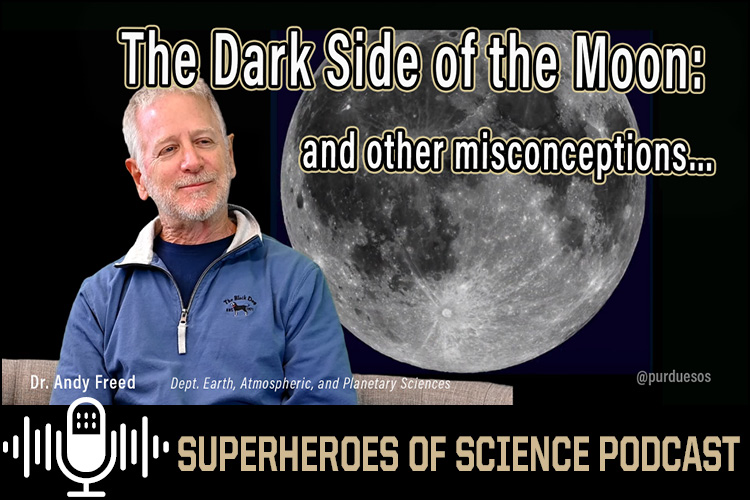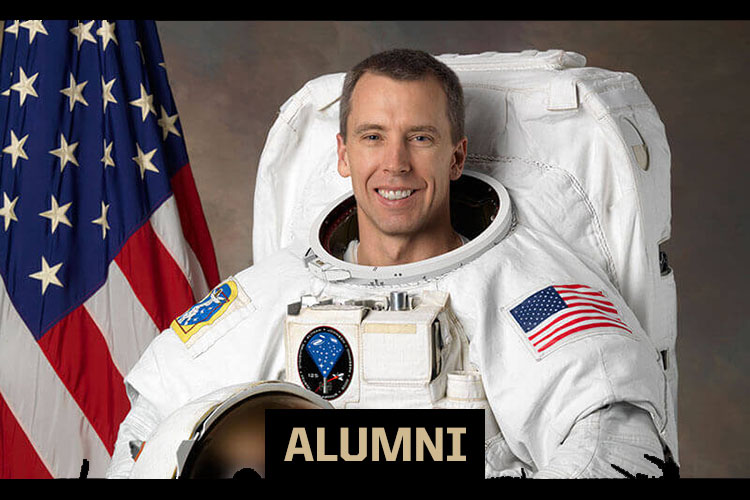News
Prof. Ali Bramson receives NASA award for Mars Ice Mapping
The International Mars Ice Mapper Measurement Definition Team (I-MIM MDT) is a highly specialized group of scientists from around the world called together by four space agencies including NASA, the Italian Space Agency, the Canadian Space Agency, and the Japan Aerospace Exploration Agency. Ali Bramson, assistant professor with Purdue EAPS, studies Mars and was chosen as the Assistant Co-Chair of this team. Due to the hard work and diligence of the team, NASA recently presented the I-MIM definition team a NASA Agency Honor Award for NASA Group Achievement.
Discover Purdue’s latest and greatest in space sciences
PURDUE NEWS — Space scientists are the boots on the ground of space exploration, and Purdue’s researchers are among the most elite. Celebrate the wonder of space with this collection of the most recent and impactful news from Purdue University’s space research labs. Prof. Brandon Johnson, Prof. Briony Horgan, Prof. Alexandria Johnson, alumna Adriana Brown, and students Hunter Vannier and Riley McGlasson have all recently had giant leaps in space research.
How hot is too hot?
THE DAILY STAR — Extreme heat has been scorching a vast part of Bangladesh, with millions of people sweltering in heat and humidity well above "normal" for days on end. Meteorologists are particularly worried about the "wet-bulb" temperature — a more holistic measurement that accounts not just for air temperature but also how much moisture it holds. "You have to lose that - if you don't lose the heat, you just slowly heat up and that can't be good," said Matthew Huber, a global expert on heat stress at Purdue University.
2024 EAPS Awards announced
On Thursday, April 11, 2024, Purdue EAPS announced this year's awards for students, faculty, and staff at the Dauch Alumni Center of Purdue University. Thank you to donors who have made these awards possible!
NASA: 'New plan needed to return rocks from Mars'
BBC — The US space agency says the current mission design can't return the samples before 2040 on the existing funds and the more realistic $11B needed to make it happen is not sustainable. NASA is going to canvas for cheaper, faster "out of the box" ideas. Perseverance has been drilling and caching rocks that appear to have been laid down at the margin of the lake. One of the rover's senior scientists, Prof. Briony Horgan, of Purdue EAPS, said these samples were particularly exciting.
All Departmental News



